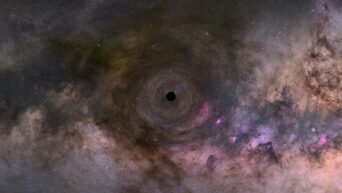The Kepler space probe, launched in 2009, has been NASA’s faithful eye in the stars, using shifts in light to identify far-away planets and alien suns. As of October 30th, Kepler has definitively detected 2,681 unknown planets. Sadly, as of October 16th, Kepler has completely exhausted its supply of hydrazine fuel, forcing it to shut down its propulsion systems and instruments.
Since Kepler is out hovering somewhere between the Lyra and Cygnus constellations, NASA has no way of retrieving the physical device, but luckily, all of its data has been safely downloaded to NASA’s servers. As such, in lieu of retrieval, NASA has decided to give Kepler a “burial at sea” of sorts. Once the instruments have all shut down, Kepler will gradually drift through the stars before settling into an orbit around the Solar System’s sun. Based on projections, the closest it will ever move toward Earth again is approximately 1,000,000 miles, and even that probably won’t be any time soon.
Project scientist Jessie Dotson had some kind words for the craft. “I’ve always felt like it was the little spacecraft that could,” she said. “It always did everything we asked of it, and sometimes more. That’s a great thing to have in a spacecraft.” Rest easy now, little Kepler, and know that the information you’ve given us could very well pave the next steps for cosmic exploration.
































